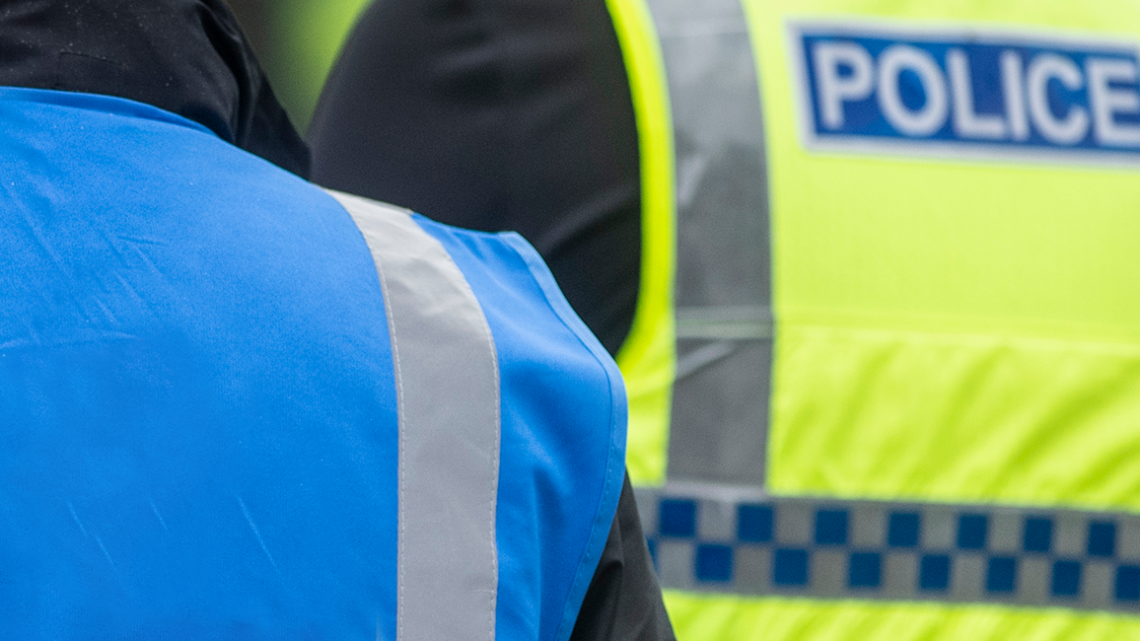
Training And Drills For The Implementation Of Adaptive Evacuation Procedures
Adaptive evacuation procedures are essential for ensuring the safety and well-being of individuals during emergencies, such as fires, natural disasters, or security threats. Training and drills play a crucial role in preparing personnel to respond effectively to evolving situations and steer complex evacuation scenarios.
Inclusive training programs
Develop inclusive training programs that provide personnel with the knowledge, skills, and confidence needed to execute adaptive evacuation procedures. Training should cover various emergency scenarios, evacuation protocols, communication strategies, and decision-making processes. Incorporate real-life case studies, simulations, and interactive exercises to enhance learning and retention.
Role-based training
Tailor training programs to the specific roles and responsibilities of personnel within the organization. Provide specialized training for individuals tasked with key roles during evacuations, such as evacuation wardens, floor monitors, first aid responders, and security personnel. Ensure that each team member understands their role and knows how to fulfill it effectively in different emergency scenarios.
Scenario-based drills
Conduct scenario-based drills that simulate realistic emergency situations and require participants to adapt their evacuation procedures accordingly. Include a variety of scenarios, such as building fires, active shooter incidents, power outages, or hazardous material spills, to prepare personnel for diverse threats. Encourage active participation and problem-solving skills to foster adaptive responses.
Simulated challenges and obstacles
Introduce simulated challenges and obstacles during evacuation drills to test personnel’s ability to adapt and overcome unexpected barriers. This may include blocked exits, disabled elevators, communication failures, or simulated injuries among evacuees. By exposing personnel to realistic challenges, drills can help identify vulnerabilities and improve response capabilities.
Communication and coordination
Emphasize the importance of effective communication and coordination during evacuation procedures. Train personnel to use communication tools and protocols to relay critical information, coordinate evacuation efforts, and provide updates to stakeholders and emergency responders. Practice communication strategies, such as using clear and concise messages, maintaining calm under pressure, and adapting communication methods to changing conditions.
Conduct post-drill debriefing sessions to review performance, identify lessons learned, and provide constructive feedback to participants. Encourage open dialogue and reflection on strengths, weaknesses, and areas for improvement in evacuation procedures. Use debriefing sessions to refine protocols, address training gaps, and implement corrective actions to enhance readiness for future emergencies.